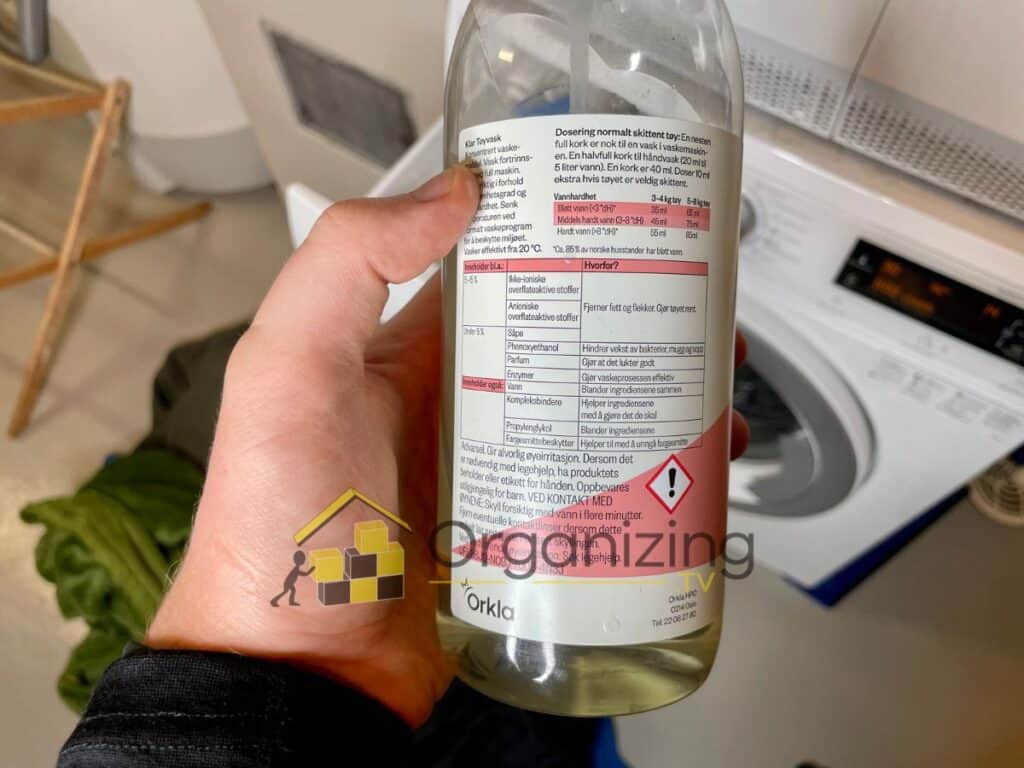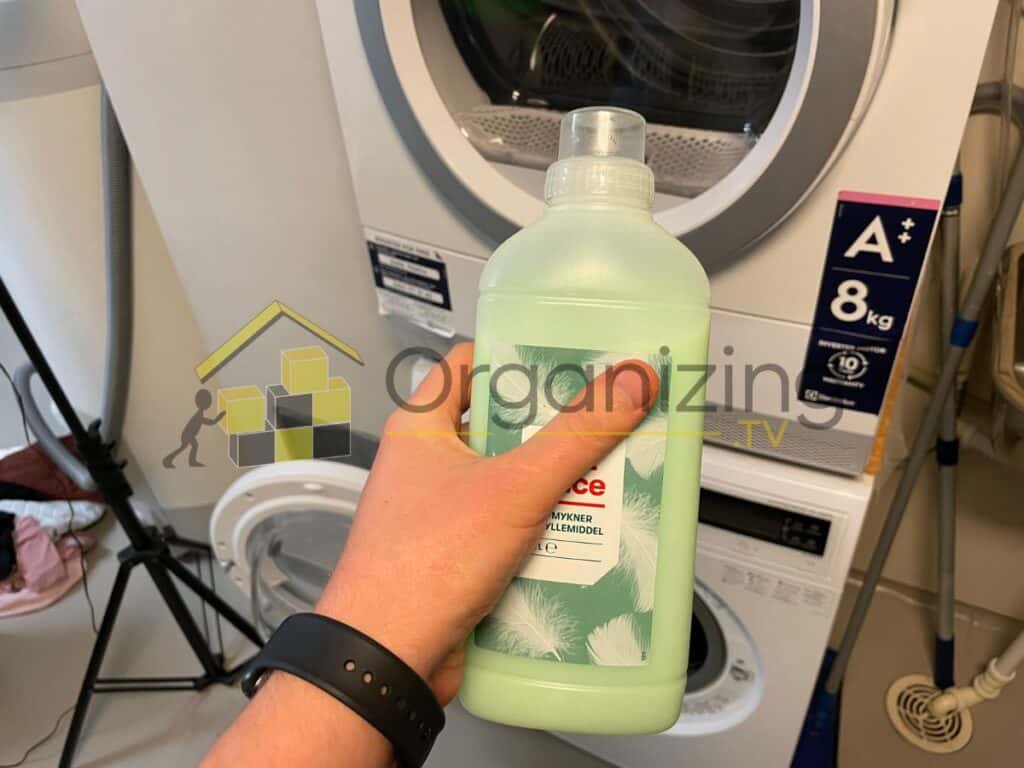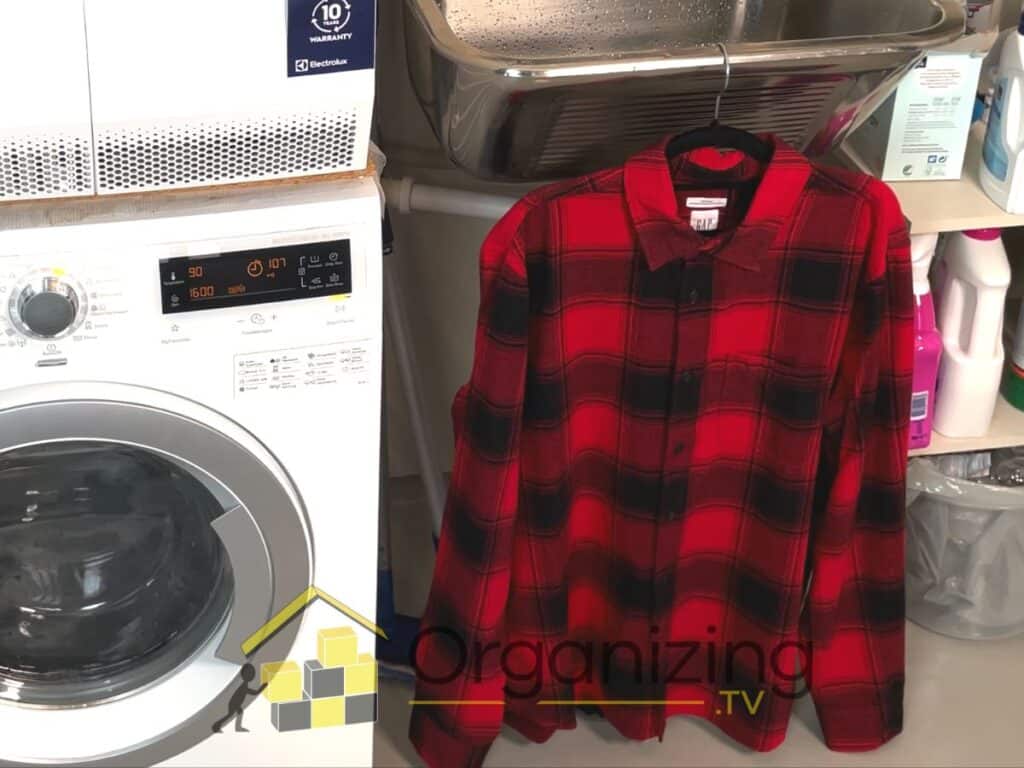Flannel is different from other fabrics, so you must be careful when washing them. Not cleaning your flannel correctly can lead to frayed ends, pilling, and shrinkage. Since you want your fabrics to last, cleaning them without damaging them is crucial.
You should wash flannel sheets, shirts, and other items using lukewarm or cold water, not hot. Hot water can cause fading and other problems. Using less heat also reduces shrinkage and damage to the material. Generally, using the gentlest cycle on your washer is best.
This article will cover how to wash flannel sheets, shirts, and more. You’ll learn exactly how to keep your flannel looking nice and bright. Let’s get started!
1. Get a Mild Detergent

Before washing anything, you’ll want to ensure that you have a mild detergent. These detergents aren’t as harsh, so they won’t fade the color from your flannel. Plus, many people prefer it to reduce skin irritation.
Many harsher laundry detergents contain citric acid, various forms of sodium, and phosphates. The fewer of those ingredients in your detergent, the milder it will be.
Also, you should never use anything with bleach to wash flannel.
Here’s my list of my top picks for mild detergents if you want some quick tips.
2. Fill the Washer With Cool to Lukewarm Water

Next, ensure you fill the washing machine with water at the correct temperature. Water that’s too hot will damage your flannel by fading the colors or causing it to pill early. So, you want to use cool or lukewarm water. As the washing machine fills, you can pour some mild detergents.
You’ll need to remember the temperature you choose when drying the flannel. If you use cool water, you’ll want to dry it on a cooler cycle. Use a warmer, dryer cycle if you use warmer water. That way, your flannel won’t shrink noticeably in the dryer.
Lastly, you’ll want to only add your flannel items to the washer. Cleaning other materials with your flannel can be too rough, leading to pilling. Towels are especially bad for flannels, so wash them separately.
3. Set the Washer Cycle

Once the washer fills with water, choose the correct cycle for washing your flannel. You don’t want to use anything too rough, so pick “gentle” or “permanent press.”
The permanent press uses cold and hot water but ends on cold. You’ll also want to use a low dryer setting to avoid shrinking the flannel since it should be cold when it comes out of the washer.
For more details on all the washing cycles, check out this article.
4. Consider Using a Fabric Softener

Flannel tends to get rougher over time, so you may want to use some liquid fabric softener to restore it. You should add fabric softener to your washing machine during the rinse cycle. If you add it with the detergent, it washes away before it can work on your clothes. Dryer sheets also work well for flannel.
Additionally, white vinegar works well to soften clothes if you want to use something with fewer chemicals. Simply pour a ¼ cup into the machine when the rinse cycle starts. Vinegar also lessens static, which is excellent for flannel materials.
Using white vinegar also comes with these benefits:
- Brightens colors
- Helps remove stains
- Removes bad odors
- Cleans the washing machine as you run it
5. Dry the Flannel
The best way to dry flannel is by setting it out to air dry. You can hang them up or lay them on a flat surface. You should also space the items well, so they can dry quickly without touching.
If you can’t air dry your flannel, you can still machine dry it safely, but you’ll want to take care not to damage the material. You shouldn’t use a high heat setting since it can ruin the fabric. Generally, drying on low or even a no-heat setting is best.
Lower temperatures can reduce shrinkage, color fading, and pilling, helping to keep your flannel in better condition for much longer.
Make sure you check the lint trap after your flannel comes out. It usually produces more lint than other fabrics, filling it up much faster.
Sheets
Flannel sheets are usually larger than needed to fit your bed because they shrink slightly in the dryer. Generally, flannel sheets finish shrinking after about three washes. Still, you can reduce the amount it shrinks by using cooler water and dryer settings.
However, air-drying your sheets is still the best option. You’ll want to get a long clothes drying rack to do that. The JAUREE Drying Rack (Amazon paid link) is an excellent option. It’s long enough for bed sheets, durable, and can fold up when not in use to save you some space.
Shirts

When drying flannel shirts, wring out as much of the water as possible first. Doing so helps them dry faster and prevents them from smelling strange later. Then, you can hang them on a clothing rack or lay them out flat to dry.
If you’re using a dryer, remove the shirts as soon as they’re finished. Over-drying flannel shirts can cause more shrinkage, which could make them not fit you anymore. It’s also a good idea to size up when buying flannel shirts because they’ll keep shrinking in the first few washes.
Can You Iron Flannel?
You can iron flannel, but you’ll need to be careful not to burn it. Before you try ironing flannel, you’ll want to check its tags. Flip it over so the inside of the shirt is up; you don’t want to iron directly on the side with a brighter color.
Then, lightly mist the flannel with your iron. Set it to a medium or low heat steam setting, and keep the iron moving as you press it gently onto the material. Never use high heat since it can quickly ruin flannel.
You can get rid of wrinkles easier by leaving your flannel hanging up for a few days. Gravity helps to pull the wrinkles out, and there’s no risk of damaging the material with heat. However, ironing your flannel still works in a pinch.
Final Thoughts
In summary, you should be careful when washing your flannel items. High temperatures can cause the material to fade, pill, or fray, so using cool water and low dryer settings is essential. Mild detergents can also help prevent those issues.
If you follow the steps in this article, your flannel will look its best for years.


I’m an expert wardrobe organizer and a bit of a clean freak. I created this website and its YouTube channel to share practical guides about laundry and organizing. My teachings have been featured in multiple large news publications, and I’ve self-published two wardrobe organizing books and an entire course on the subject.

